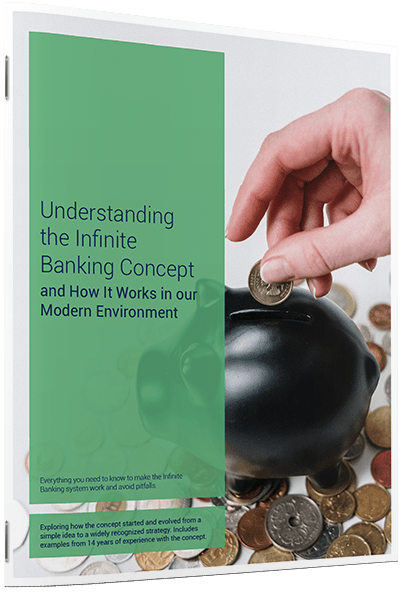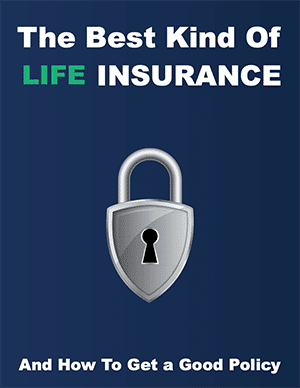702-660-7000
702-660-7000

If you’ve ever applied for a loan, you might already know how underwriting works. Insurance companies also use underwriting to decide if they’ll offer someone a policy. However, technology is changing the game, making underwriting automated in many cases. In this article, we’re going to dive into how the automated underwriting system works and what comes next after the underwriting process.
When you apply for an insurance policy there’s an approval process. This process is called underwriting. During underwriting, driving records, health records and credit information is assessed to determine whether your application fits within the risk parameters pre-established by the insurance company.
An automated underwriting system is a technology-based process that uses AI and Machine Learning (ML) techniques to detect patterns in application responses and supplementary reports that would normally be time-consuming or difficult to spot with the human eye. The automated underwriting system also pulls credit history and other relevant information to determine whether the application should be approved or denied.
Automated underwriting has become so dependable that most insurance companies use some type of automated underwriting system for processing applications. Here are three major benefits automated underwriting brings to both the insurance company and the customer:
By utilizing automated underwriting, insurance companies can reduce the number of questions asked on the application, which frees up time for the customer and speeds up the underwriting process. An application that may have taken a human underwriter several days to review, can be reviewed in a few hours by the automated system.
Humans can and do make mistakes. By relying on algorithms, automated underwriting greatly reduces the chance of human error.
By implementing automated underwriting systems insurance companies can free up resources which can be allocated towards developing enhanced customer service and support systems.

Understanding the Infinite Banking Concept and How It Works In Our Modern Environment 31-page eBook from McFie Insurance Order here>
When an application is finished being processed by the underwriting program, you can expect one of three results:
This means your application has met all the guidelines and has been approved.
This means your application could potentially meet the guidelines, but something else is needed. In the case of a postpone, the insurance company will provide a timeline of when they would be willing to reconsider your application. A postpone usually occurs when a proposed insured has an upcoming surgery or health test.
Postponing an application until after the surgery has been completed, or until the results of the health test have come back, is normal. Another reason for postponing an application may be related to foreign travel. If the proposed insured has travel plans to a country that is not considered “safe” it is normal for the insurance company to postpone the application until the proposed insured returns from the trip.
This means your application does not currently fit within the insurance company’s risk parameters. In this case there will be a condition attached to the decline so that you will know the reason for this decision. Most of the time a decline is not permanent. If the decline is health related, a period of years may need to elapse in which a new normal or track record is established for certain health conditions.

Get a working knowledge of how each type of life insurance policy works.
After reading this 10-page booklet you'll know more about life insurance than most insurance agents.
Download here>
Start here to learn more about which life insurance policy is right for you. Automated underwriting is relatively new to life insurance companies, but at McFie Insurance we work with companies who are using automated underwriting extensively. We know how to prepare the paperwork to make getting the life insurance policy you need a breeze.
 by Gracine McFie
by Gracine McFie
There are many ways to access information about finances, but it can be hard to determine which sources are trustworthy. I like to put information together in an accurate, straightforward, easy to understand manner so people can make good financial decisions based on the information provided without having to waste time wondering if the source is reliable.